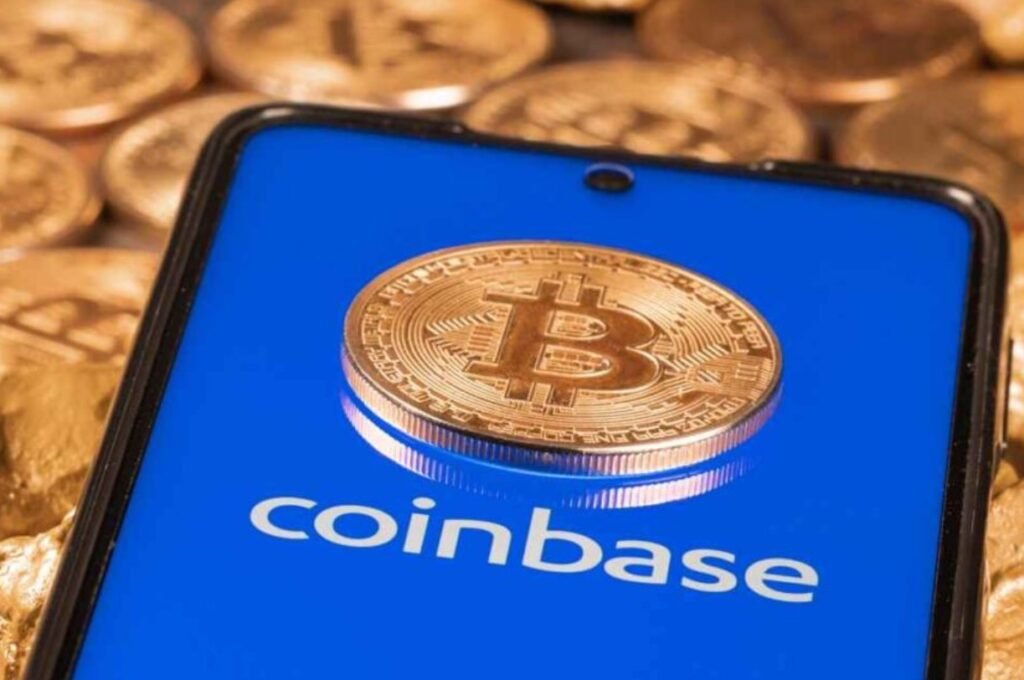An extortion email landed in Coinbase’s inbox on May 11. It claimed the company had been breached. The demand? Pay $20 million, or sensitive customer data would be exposed.
Instead of quietly negotiating, Coinbase made a move no one expected—it put up a $20 million bounty to find and prosecute the attackers.
Insiders, Not Code, Were the Way In
The breach didn’t come from some zero-day exploit or fancy malware. It was messier—and far more human.
Hackers allegedly bribed third-party customer support contractors working overseas. These insiders gave them access to internal tools and sensitive customer information.
It worked. The attackers got their hands on real user data, enough to potentially defraud individuals or impersonate them.
What Did the Hackers Actually Steal?
Coinbase was quick to say that passwords, crypto wallets, and private keys weren’t exposed. But for affected users—less than 1% of its customer base—it was still a punch in the gut.
What the attackers took:
| Compromised Data | Safe Data |
|---|---|
| Full names, addresses, email IDs | Wallets and crypto balances |
| Phone numbers | Login credentials and 2FA codes |
| Bank account digits (masked) | Private keys |
| Government ID images | Internal admin tools |
| Coinbase transaction history | Server-side source code |
This wasn’t just about stealing funds. It was about leverage. Personal info like this gives cybercriminals tools for phishing, impersonation, and account takeovers—potentially across multiple platforms.

The $20 Million Flip: Not a Payoff, but a Bounty
Instead of coughing up the ransom, Coinbase did something virtually unheard of. They flipped the threat into a challenge.
They took the extortion figure—$20 million—and announced it as a bounty. But not for the hackers. For the people who could help bring them down.
A reward that big makes this the largest private cybercrime bounty in U.S. corporate history.
The company’s response sent a clear message: “We’re not here to negotiate. We’re here to end this.”
It’s a high-stakes bet. And Coinbase knows it.
Could It Backfire? Sure. But That’s a Risk They’re Taking
This kind of bounty is rare. Why? Because it comes with some big risks.
Some experts are already pointing out potential pitfalls:
-
The tipsters might be part of the hacking crew.
-
If they’re in a sanctioned country, paying them could break the law.
-
There’s a chance the data could still be dumped online out of revenge.
But Coinbase seems ready to absorb the blowback.
“This is both symbolic and strategic,” said a senior security advisor at a rival exchange. “They’re setting an industry precedent—don’t feed the attackers. Fight back.”
Cost of Damage: Up to $400 Million on the Table
While the data breach hit less than 1% of Coinbase users, the response is shaping up to be extremely expensive.
Early internal projections estimate costs between $180 million and $400 million. That includes:
-
The $20 million bounty
-
Legal and regulatory costs
-
Security upgrades
-
Customer reimbursements
-
PR damage control
Still, the company is treating this like an investment in deterrence. They’re making an example.
One Coinbase insider said, “We’d rather burn money chasing them than paying them.”
Crypto’s Cybersecurity Wake-Up Call
This attack didn’t need technical brilliance. Just a few people willing to sell access.
For years, crypto platforms have focused on tech-side defenses—encryption, secure wallets, cold storage. But this was a good old-fashioned inside job. That’s rattling.
It raises new questions for the whole industry:
-
Are third-party contractors being vetted well enough?
-
Are offshore teams properly monitored?
-
How much access is too much access?
Coinbase’s breach is likely to spark a wave of audits across exchanges, wallets, and fintech platforms.
A Turning Point or a One-Off Gamble?
Coinbase didn’t just refuse to negotiate. It turned the tables, publicly.
Whether this strategy becomes a playbook for others—or a cautionary tale—remains to be seen.
But one thing is clear: in the high-stakes world of crypto, letting hackers call the shots is no longer a given.
